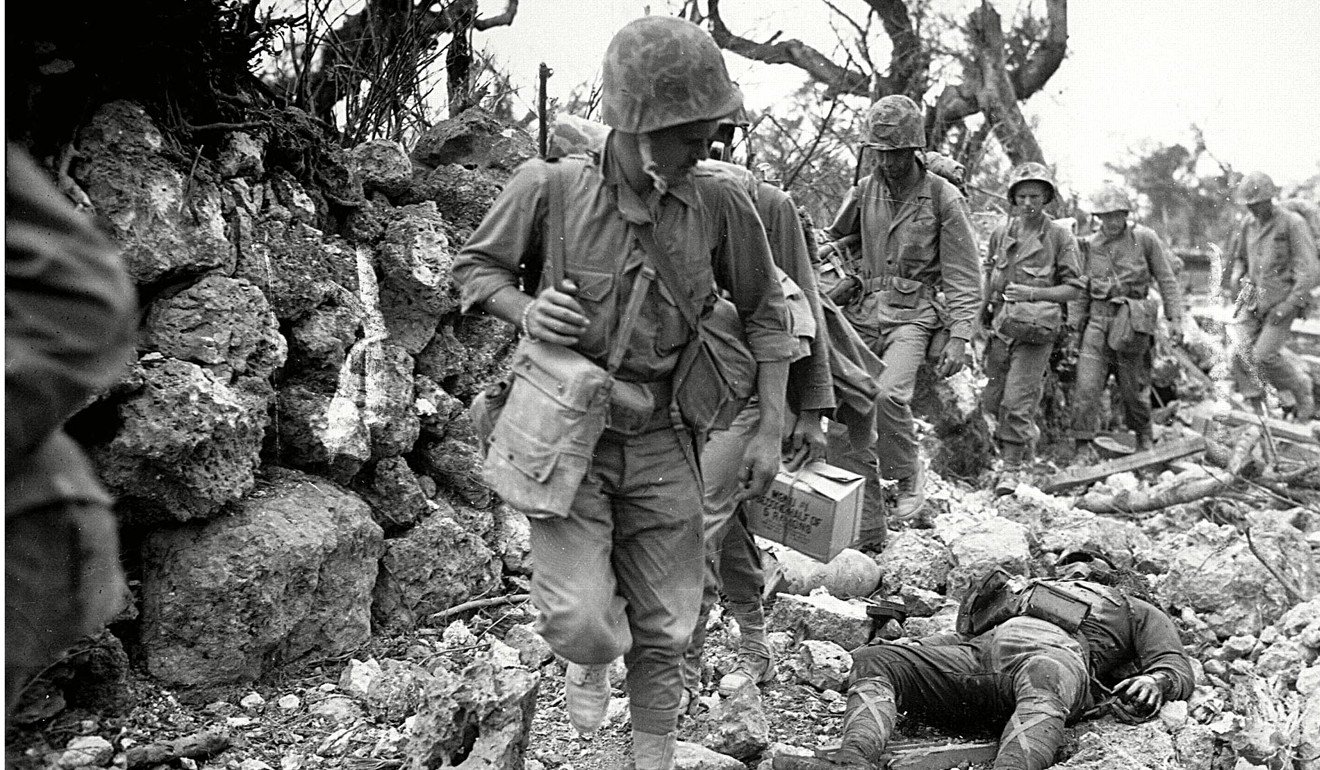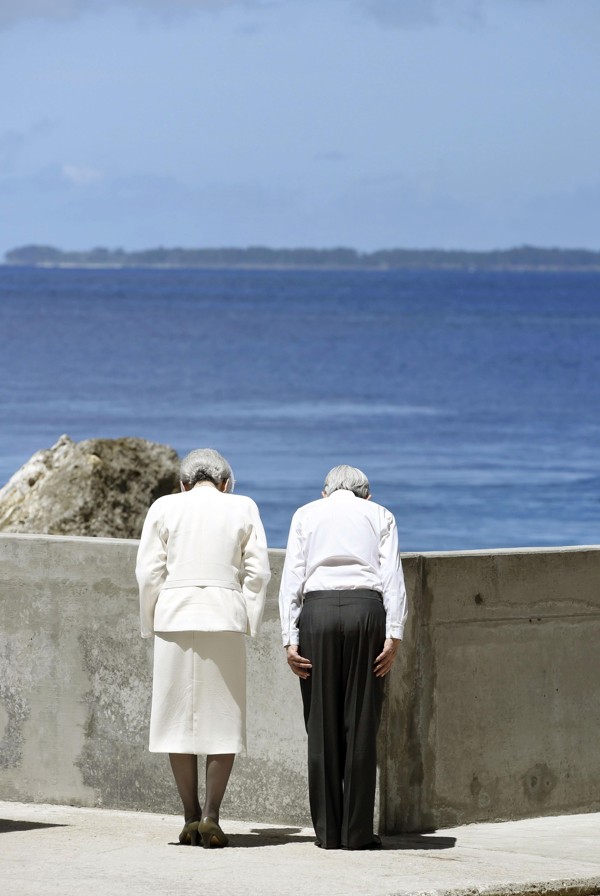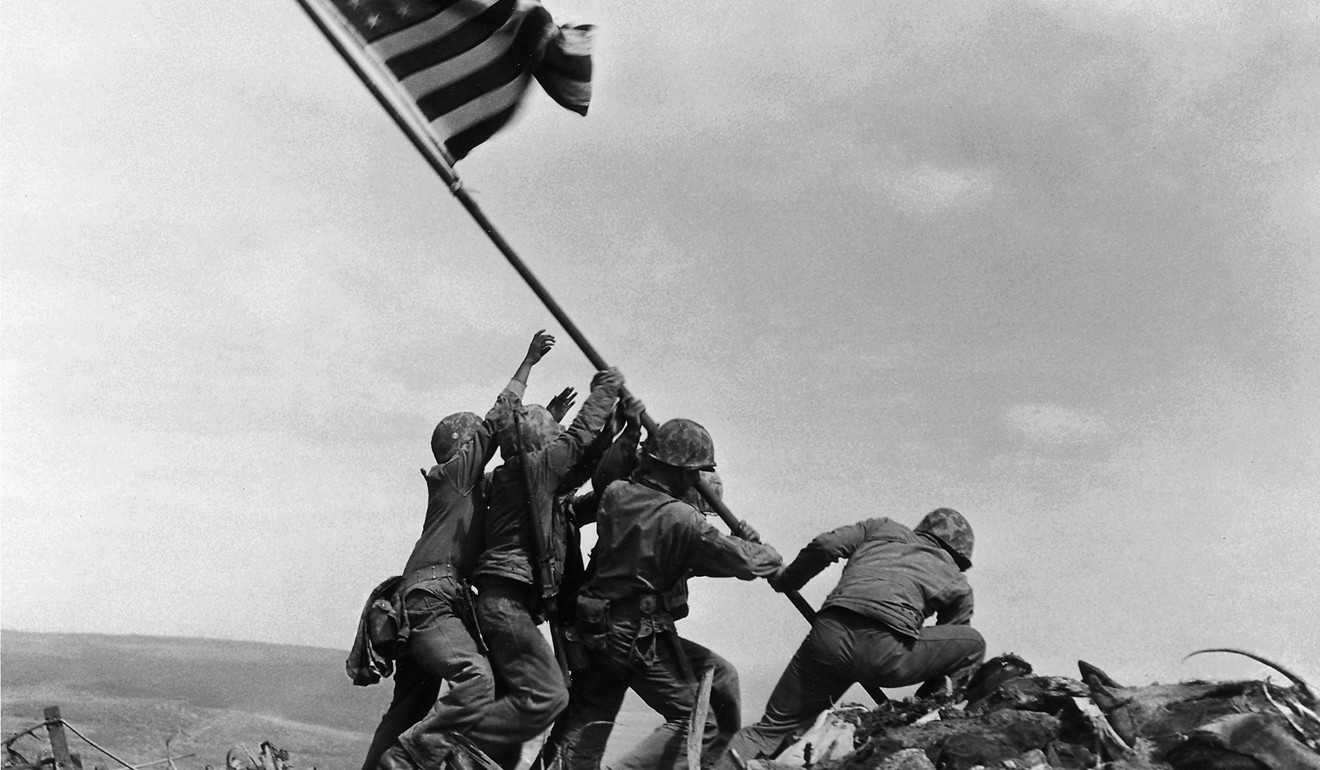
Flags of our fathers: a Japanese couple’s incredible story
Inspired by the recovery of her grandfather’s ‘Yosegaki Hinomaru’ flag, a woman and her husband have since helped send scores of second world war flags home to loved ones
In a hamlet deep in the mountains of Kyoto Prefecture, Keiko Ziak’s uncle took a phone call in 2007 that shook her family’s world. The speaker identified himself as a bureaucrat at the Ministry of Health, Labour and Welfare in Tokyo and asked if he recognised a name.
Ziak’s uncle was stunned. It was a name he had not heard uttered in decades. It was his father’s name.
“My uncle was an infant when his father went off to war and he and my mother have no memories of him,” Ziak recalled. “My grandmother would never talk about him either, so for a stranger to call out of the blue and say his name was a shock.”

The family’s shock only deepened when the bureaucrat said he had something that belonged to Ziak’s grandfather in a package dropped off at a hotel in Narita by a Canadian man.
These flags, featuring the red rising sun on a white background, were given as good-luck gifts to servicemen before they left for the front. Each bore the name of the soldier along with messages from family, friends and neighbours.
The British soldier later emigrated to Canada and shortly before he died asked his son to return the flag to the dead man’s family in Japan. With no knowledge of Japan, the son entrusted the flag to the hotel which passed it on to the ministry. Eventually, about eight months after it had landed back in Japan, the flag was returned to Ziak’s family.
“It was a miracle,” she said. “We all said the same thing; that it was a miracle and that the flag coming back to us just showed how much my grandfather wanted to come home and be reunited with his family.”
Why Korea’s ‘comfort women’ must be remembered
It also triggered the realisation in Ziak and her American husband, Rex, that with 2.4 million Japanese war dead, of whom 1.14 million are still listed as “missing in action”, there must be millions of similar flags in dusty attics of Allied servicemen who fought in the war. Maybe other veterans also wanted to return their battlefield souvenirs to Japan.
In 2009, the Ziaks set up the Obon Society based in their home in Astoria, Oregon, as a humanitarian initiative to reunite the flags of fallen Japanese soldiers with their surviving families, providing them with closure and reconciliation.
The society has received about 900 flags from around the world – primarily from veterans or through relatives clearing out the homes of former soldiers after their deaths – and has managed to return 170 to families in Japan.

“The Japanese concept of the spiritual world is very different to that of people in the West, so when a family member disappeared in the war, anything that was returned – a comb, a wallet, a flag – became him,” Rex Ziak said.
“During the war, however, these were very sought-after souvenirs. They were clearly an enemy flag, they had Japanese writing and even, in some cases, handprints in the white margins.”
Typically, they found their way to the US, Canada, Australia or the UK, and were all but forgotten.
But perhaps the 50th anniversary of the end of the war, in 1995, served as something of a turning point in the surviving soldiers’ attitudes.
“There was an awakening, a real change of heart among the survivors about these battlefield souvenirs and a recognition they were far more important to the families as an heirloom,” Ziak said. “I also think there was a degree of guilt among some of them and a sense they needed to make peace.”
After 80 years, China should not forget its war with Japan, but remember it’s over
For the past eight years, the Obon Society has been helping Allied veterans to do just that. The Ziaks ask for no money from either the sender or the recipient, and the organisation is run on a shoestring budget of small donations that can accompany the flags they receive.
Every member of the 35-strong society is a volunteer – the Ziak’s work on the project full-time and get by on their savings and a modest income from Rex’s books and occasional lectures as a historian. The entire process between accepting a flag and handing it over requires the skill and tenacity of a detective, they say.

Some flags have very few Japanese characters on them, making it difficult to identify the owner, while others were carried by soldiers with names that are so common – Suzuki or Tanaka – their relatives are impossible to trace.
More flags were signed by old people who used archaic characters – others are damaged. In other cases the family’s only son died and his sisters took other names when they married, meaning the family line died out. Equally, Japan’s strict privacy laws are a hurdle that hinder progress.
The society also receives flags that were not taken off a dead Japanese. Some were counterfeits manufactured in the Philippines and were sold to gullible GIs. Others were flags bought in the post-war occupation and given a few kanji characters to make them appear authentic. Rex Ziak estimates about 10 per cent of all the flags they receive are not the genuine article, yet these are generally easy to weed out, he added.

The Ziaks were in Japan in January to return 12 “Yosegaki Hinomaru” to families across the country, including one flag that was laboriously hand-stitched and bore the names of dozens of well-wishers.
“We find virtually every time that we return one of these flags that the families talk to them when they are handed over,” Ziak said. “They say that their spirit is returning home, that their ancestors who lived, who were sent to some pretty godforsaken places and who then died are finally able to come home.
“After the war, these people were usually given small ceremonial boxes containing a piece of coral or a stone from somewhere in the Pacific where their father or brother or son had died, and that was all they had to remember him by.”
Of the 38 men who went to war from the village of Ziak’s grandfather, only one came back. Her family says it is a miracle his spirit returned.
“We want to help bring about the same miracle for other families,” she said. ■

